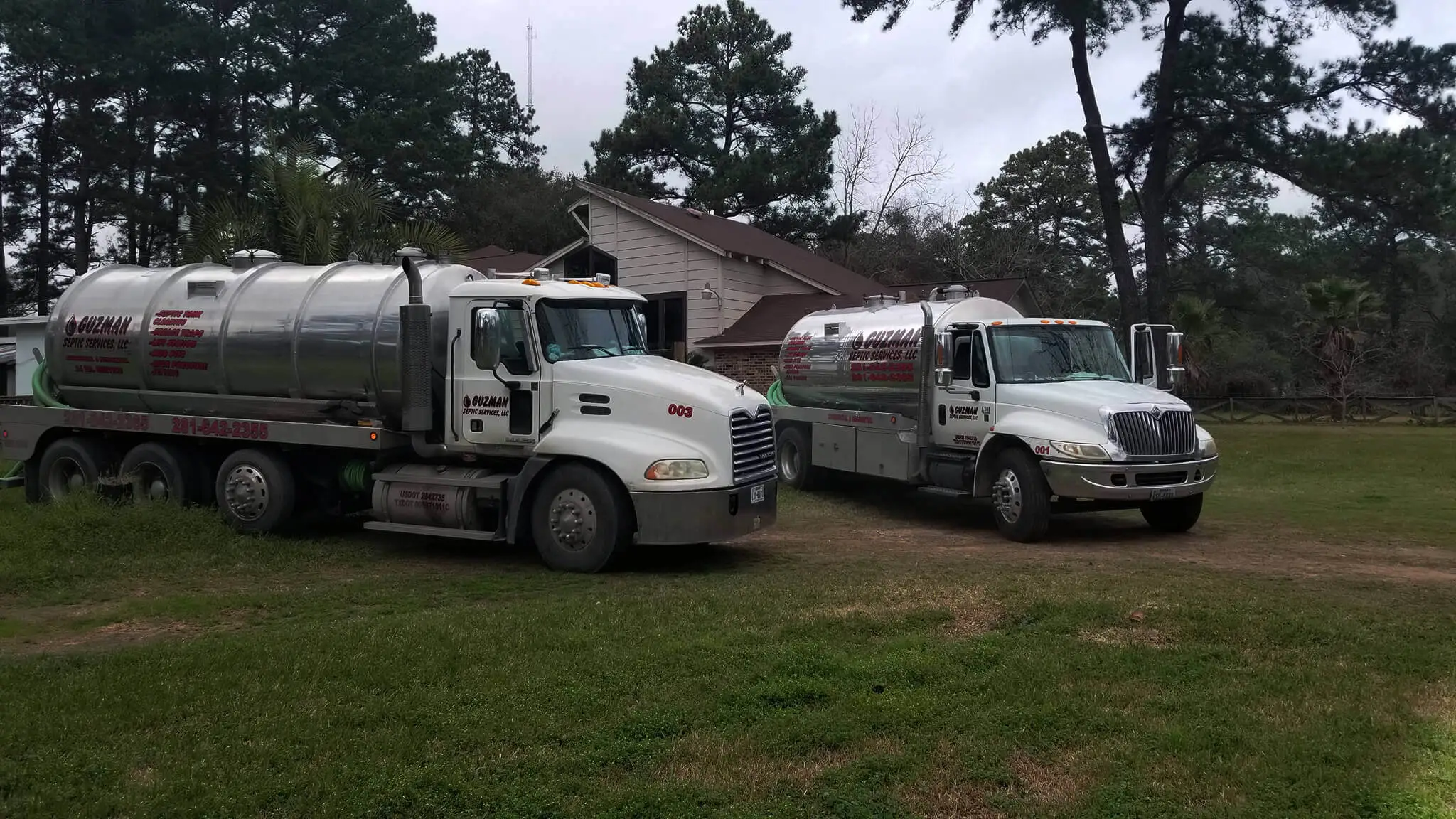Septic Tank Repair
Restoring the Health of Your Septic System


Introduction
A properly functioning septic tank is essential for the efficient and hygienic disposal of wastewater from your home or business. However, over time, septic tanks may experience issues that require repair to restore their functionality. In this blog post, we will explore the importance of septic tank repair, common signs of septic tank problems, and the steps involved in repairing a septic tank. By understanding the significance of timely repairs, you can ensure the longevity and effectiveness of your septic system.
Signs of Septic Tank Problems
1. Slow Drains

If you notice that your sinks, toilets, or showers are draining slowly, it could be a sign of a septic tank issue. A failing septic tank may not be able to handle the wastewater efficiently, resulting in slow drainage throughout your plumbing system.
2. Foul Odors

Unpleasant odors emanating from your drains, yard, or septic tank area can indicate a problem with your septic system. These odors may be caused by a buildup of sludge or a leak in the tank, requiring immediate attention.
3. Pooling Water

Excessive water pooling in your yard, especially around the septic tank or drain field area, can be a sign of a septic tank problem. It may indicate a blockage or failure in the system, causing wastewater to surface instead of being properly absorbed into the soil.
4. Lush Grass or Vegetation

While it may seem counterintuitive, an unusually vibrant and lush patch of grass or vegetation near your septic tank or drain field can indicate a problem. It may suggest that the wastewater is not being properly distributed, leading to an overabundance of nutrients in the soil.
Steps Involved in Septic Tank Repair:
1. Inspection
The first step in septic tank repair is a thorough inspection by a professional septic service provider. They will assess the condition of the tank, identify any issues, and determine the appropriate course of action.
2. Pumping
If the septic tank is experiencing problems due to excessive sludge or solid buildup, pumping may be necessary. A septic service professional will remove the accumulated waste from the tank, allowing for a more accurate assessment of the tank's condition.
3. Repair or Replacement
Depending on the extent of the damage, repairs may be possible. Common repairs include fixing cracks or leaks, replacing damaged components, or reinforcing the tank structure. In some cases, a complete tank replacement may be necessary.
4. Maintenance and Prevention
After the repair is complete, it is crucial to establish a regular maintenance schedule to prevent future issues. This includes routine pumping, proper waste disposal practices, and regular inspections to catch any potential problems early on.
Conclusion
Septic tank repair is a vital aspect of maintaining a healthy and functional septic system. By recognizing the signs of septic tank problems and promptly addressing them through professional repair services, you can avoid more extensive damage and costly repairs in the future. Remember, regular maintenance and proper care are key to ensuring the longevity and effectiveness of your septic system. If you suspect any issues with your septic tank, don't hesitate to contact a trusted septic service provider to assess and repair the problem promptly.
You may call us at +1 281 642 2355
